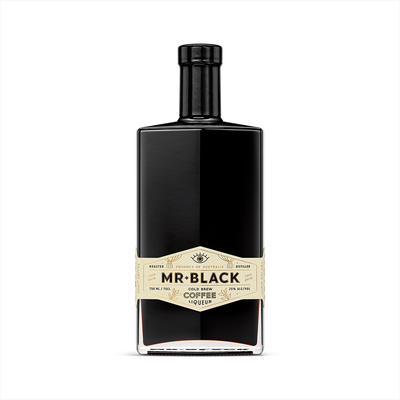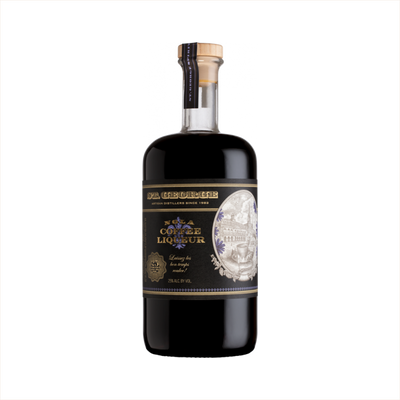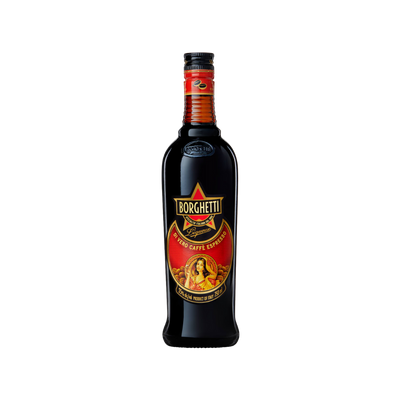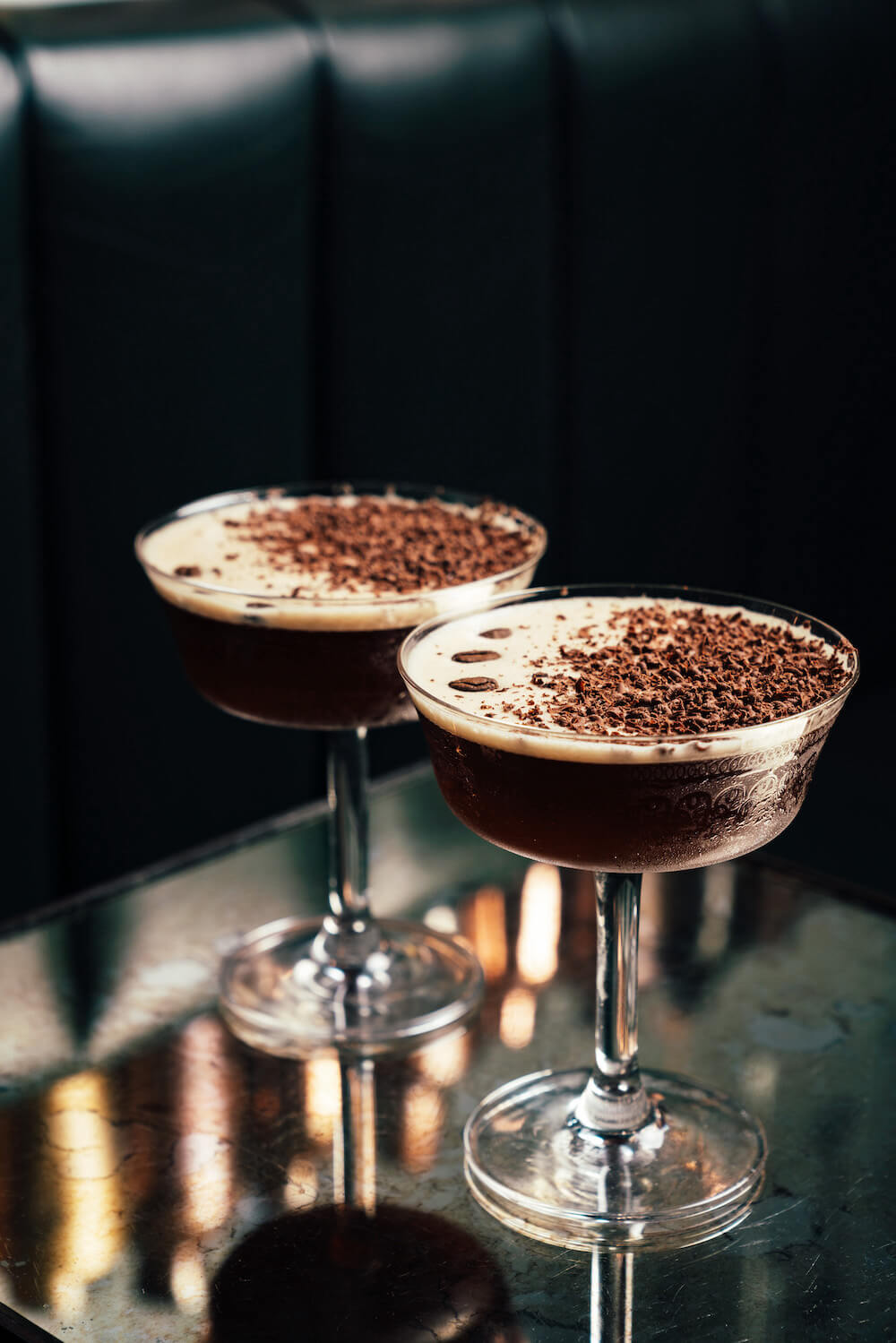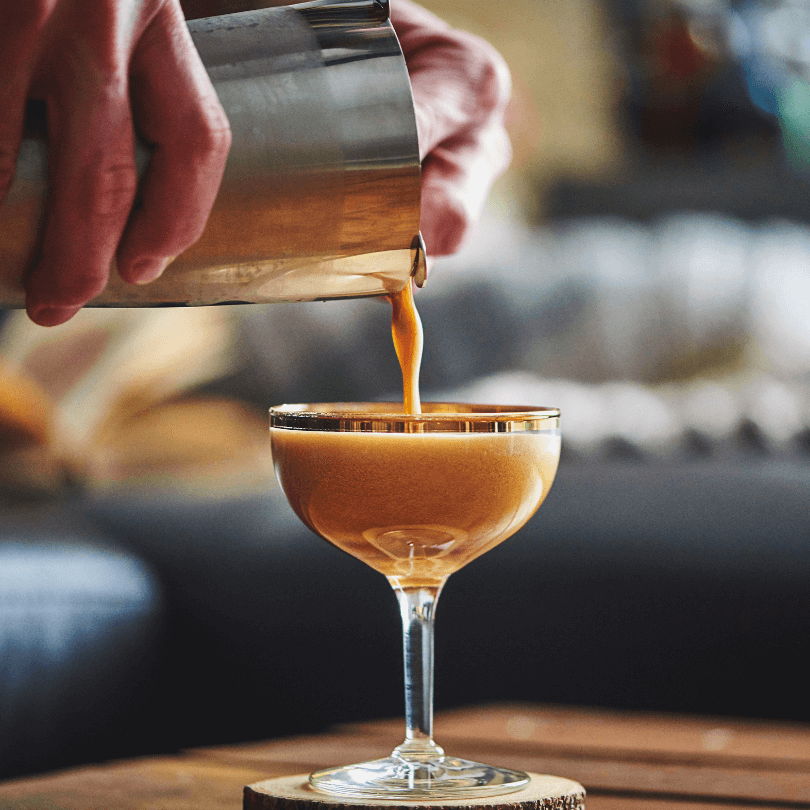Coffee Liqueur
What is Coffee Liqueur?
Coffee liqueur is a specific type of Coffee & Tea Liqueurs that combines distilled spirits with coffee extracts, beans, or concentrated coffee flavors to create a sweet, caffeinated alcoholic beverage. These liqueurs are defined by their rich coffee essence, which can range from espresso-forward intensity to smooth, creamy coffee-and-cream profiles, typically sweetened with sugar or other natural sweeteners. The alcohol base varies widely—from neutral grain spirits to rum or brandy—but the defining characteristic remains that unmistakable coffee flavor that makes them perfect for after-dinner sipping or mixing into cocktails like White Russians and Espresso Martinis.
Learn More About Coffee Liqueur
What makes Coffee Liqueur unique?
Coffee liqueurs stand apart from their tea-based cousins through their bold, roasted intensity and natural sweetness that comes from the coffee beans themselves, creating a rich foundation that pairs beautifully with spirits like rum or neutral grain alcohol. Unlike tea liqueurs, which tend toward lighter, more herbaceous profiles, coffee liqueurs deliver that familiar caffeine kick and deep, chocolatey undertones that make them perfect for both sipping neat and mixing into classic cocktails like White Russians or Espresso Martinis. Within the coffee liqueur family, you'll find everything from cream-based versions like Kahlúa to drier, more concentrated expressions that let the pure coffee flavor shine without added dairy or excessive sugar.
How is Coffee Liqueur made?
Coffee liqueur starts with a neutral spirit base that gets infused with coffee beans, either through steeping whole beans directly in the alcohol or by adding concentrated coffee extract. Sugar or other sweeteners are blended in to balance the bitter coffee notes, and many producers add vanilla, spices, or other flavorings to create their signature profile. The mixture is then filtered and aged for varying periods to allow the flavors to marry before bottling.
How do you drink Coffee Liqueur?
Coffee liqueur shines brightest when mixed into cocktails rather than sipped neat, though it's perfectly enjoyable over ice as an after-dinner digestif. You'll find it starring in classic cocktails like White Russians, Espresso Martinis, and Black Russians, as well as warm winter drinks that combine coffee and alcohol for cozy evening sipping. The rich, sweet coffee flavors make it ideal for dessert cocktails, brunch drinks, and any time you want to add caffeinated comfort to your glass – think autumn afternoons, holiday gatherings, or those moments when you can't decide between coffee and a cocktail.
How do I choose good Coffee Liqueur?
Start by tasting different styles to find your preference—some coffee liqueurs lean heavily on espresso intensity while others balance coffee with vanilla, chocolate, or cream notes. Your cocktail choice should guide your selection: pick a robust, coffee-forward option like Kahlúa Especial for drinks where you want that coffee punch to shine through, or go with something mellower like Tia Maria when you're mixing with cream-based cocktails that need a gentler coffee backdrop. Don't overlook craft distillery offerings, which often provide more complex flavor profiles and higher-quality coffee beans than mass-market brands.
Nutritional Information
Typical Calorie Range per Ounce: 95-110 calories
Typical Carbohydrate Range per Ounce: 11-16 grams
Typical Sugar Range per Ounce: 10-15 grams
Typically Gluten Free: Yes
Most coffee liqueurs are naturally gluten-free since they're made from coffee, sugar, and neutral spirits that have been distilled. The distillation process removes gluten proteins even when the base spirit comes from wheat or other gluten-containing grains. That said, some brands may use additives or flavorings that contain gluten, so always check the specific product label and manufacturer information if you have celiac disease or gluten sensitivity.
Scrolled this far? Your reward? Coffee Liqueur Trivia!
- The world's most famous coffee liqueur, Kahlúa, was originally created by accident in 1936 when a Mexican pharmacist named Montalvo Lara was experimenting with different sugar cane alcohol formulations. He left a batch of rum mixed with coffee beans and vanilla sitting in his shop for weeks, completely forgetting about it. When he finally tasted the forgotten mixture, he discovered it had developed the smooth, sweet coffee flavor that would make Kahlúa a global sensation.
- Coffee liqueurs contain surprisingly little actual coffee—most premium brands use only about 10-15% real coffee extract, with the rest being neutral spirits, sugar, and natural flavors. This is why many coffee liqueurs taste sweeter and less bitter than your morning espresso. The coffee beans are typically cold-extracted for days or weeks to avoid the harsh acids that hot brewing can introduce.
- Tia Maria, Kahlúa's main competitor, was supposedly based on a 17th-century recipe discovered in an old Jamaican plantation house. The story goes that a Spanish aristocrat's housekeeper named Tia Maria created the original blend to help her master cope with homesickness. The recipe was allegedly lost for 200 years before being rediscovered in a dusty recipe box in the 1940s—though cocktail historians debate whether this romantic origin story is actually true.
- Coffee liqueurs are among the few spirits that actually improve when stored in extreme cold. While most liqueurs can become syrupy or crystallize when frozen, coffee liqueurs maintain their smooth texture and can be served straight from the freezer. This happens because their high sugar content acts as a natural antifreeze, preventing ice crystal formation while concentrating the coffee flavors.
- The rise of coffee liqueur in America can be traced directly to a single cocktail: the White Russian. Before the 1960s, coffee liqueurs were virtually unknown outside of Mexico and Jamaica. But when bartenders started mixing Kahlúa with vodka and cream, creating the White Russian, American consumption exploded by over 300% in just five years. The drink became so popular that Kahlúa had to triple their production capacity to meet demand.
Higher-proof spirits can be intense. Mix carefully, taste thoughtfully, and enjoy responsibly.
Gift message (optional)

